nandbytes: Is that the old LX100 (12.8mp) or the new E version with 16mp? I'm still confused about sensor size and pixel count.
Would a bigger sensor be better in low light/long exposure situations, or is it down to the pixel count and quality of lens?
That LX100 looks great but ive now come across the Sony RX100 which seems to go up against it in lots of reviews.
I think there is only one Panasonic LX100 and that's the one with 12mp m43 sensor.
I had a rx100m3 before the LX100 and it was pretty good. But I found it rather fiddly and not as ergonomically friendly.
Right grab a coffee first lol... Here goes...
Ignore megapixels because going by your budget I don't think you'll end up with any high megapixel bodies with relative poor ISO performance.
Noise is generally a result of lack of light i.e. lack of information that your sensor (or post-processing software) will fill with junk data which is noise.
Larger the sensor more the amount of light it can gather and hence less noise. So for example a full-frame sensor can gather 4 times (or two stops) as much light as a m43 sensor so it'll be better in low light all else being equal.
But the amount of light falling in your sensor is also affected by your lens and shutter speed (i.e. your exposure). So a larger aperture lens will be able transmit more light on to the sensor.
So for example let's take A5100+16-50mm f3.5-5.6 Vs. Lx100 which has 12-36mm f1.7-2.8 lens. A5100 has a larger sensor that can gather 2 times more light than lx100 i.e. 1 stop advantage (roughly speaking). But the if you shoot both lenses wide open the lx100 lens is 2 stops faster i.e. it is capable of gathering 4 times more light. So the large sensor advantage is lost and in fact LX100 in turn has a 1stop advantage all else being equal.
But if you are shooting long exposure what you normally do is stop your lens down to f5.6-11 and increase your shutter speed. So in such cases it doesn't matter if you use a fast or slow lens (because you'll be stopping down anyway). But what matters is the larger sensor has better dynamic range i.e. better capacity for recovering shadows and pushing RAW files while introducing lower amount of noise (because it can gather more light).
But you can get over the lower dynamic range issue by other means such as using ND grad filters, bracketing and merging multiple exposures (eg. HDR).
The comparison between sensors become a bit complicated because there are several generations of improvements. So for example current generation m43 will perform similarly to previous generation APS-C.
I have simplified things a little and hope that kinda helps.


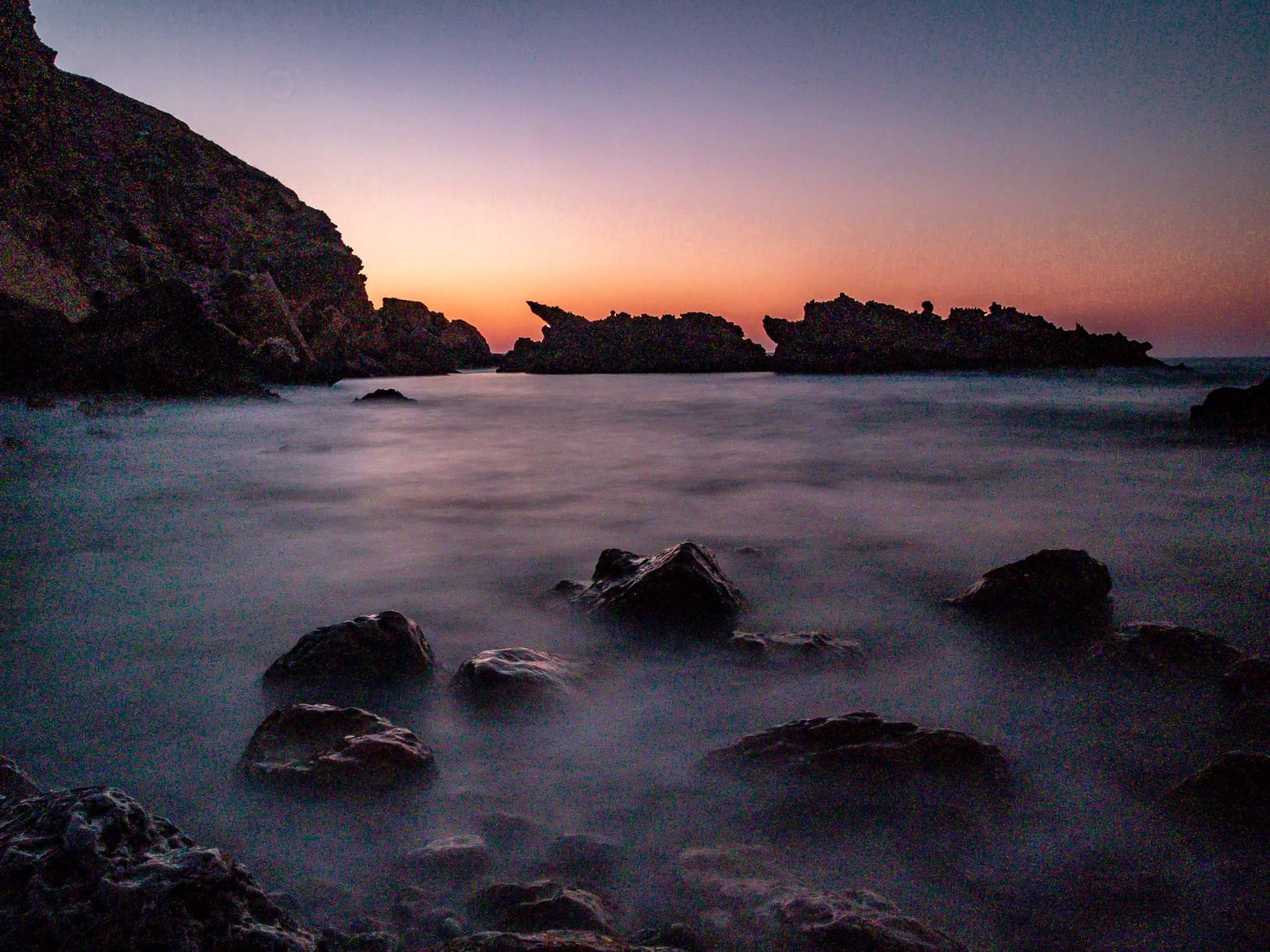 37895781_10156647737598408_3667043171814080512_o
37895781_10156647737598408_3667043171814080512_o Grafitti on the lighthouse
Grafitti on the lighthouse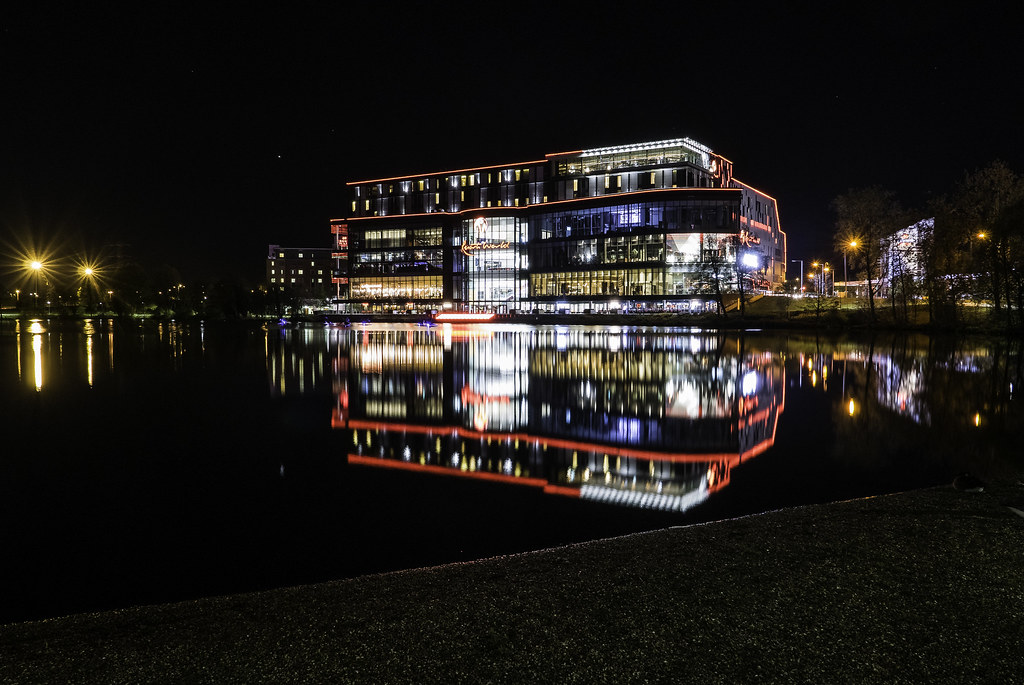 P1020146
P1020146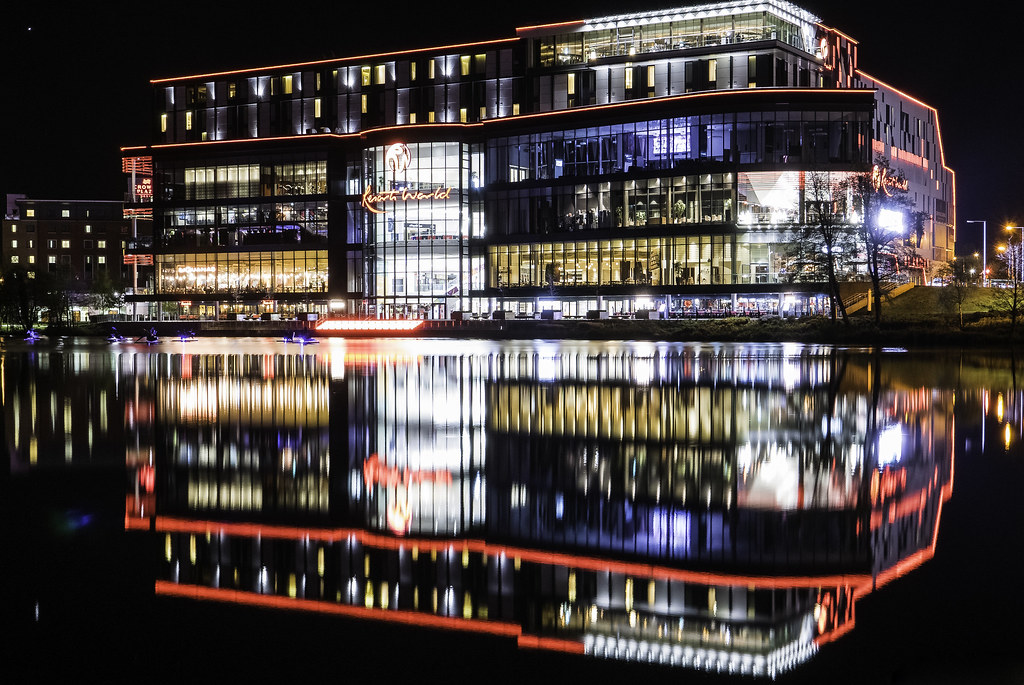 P1020147
P1020147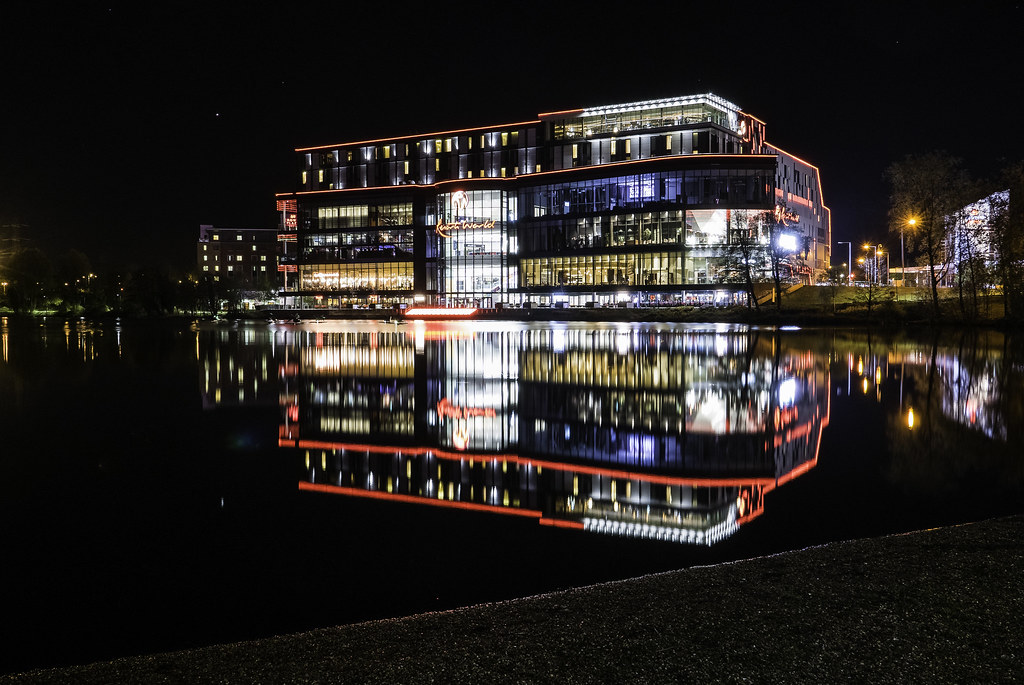 P1020148
P1020148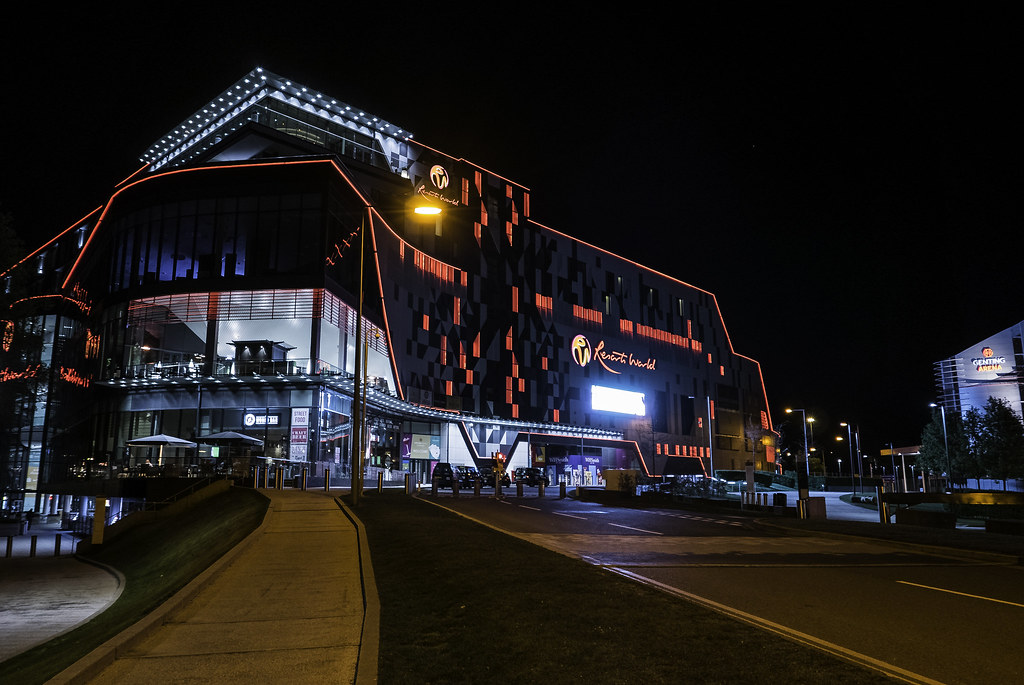 P1020149
P1020149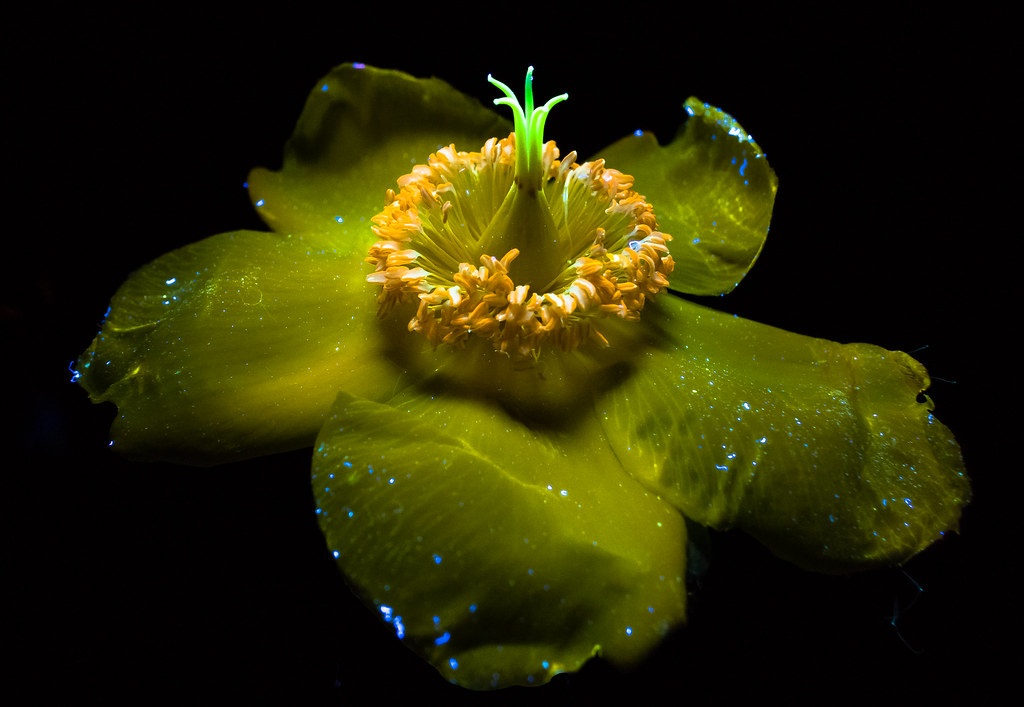 P1000054-2
P1000054-2

 Harbour reflections
Harbour reflections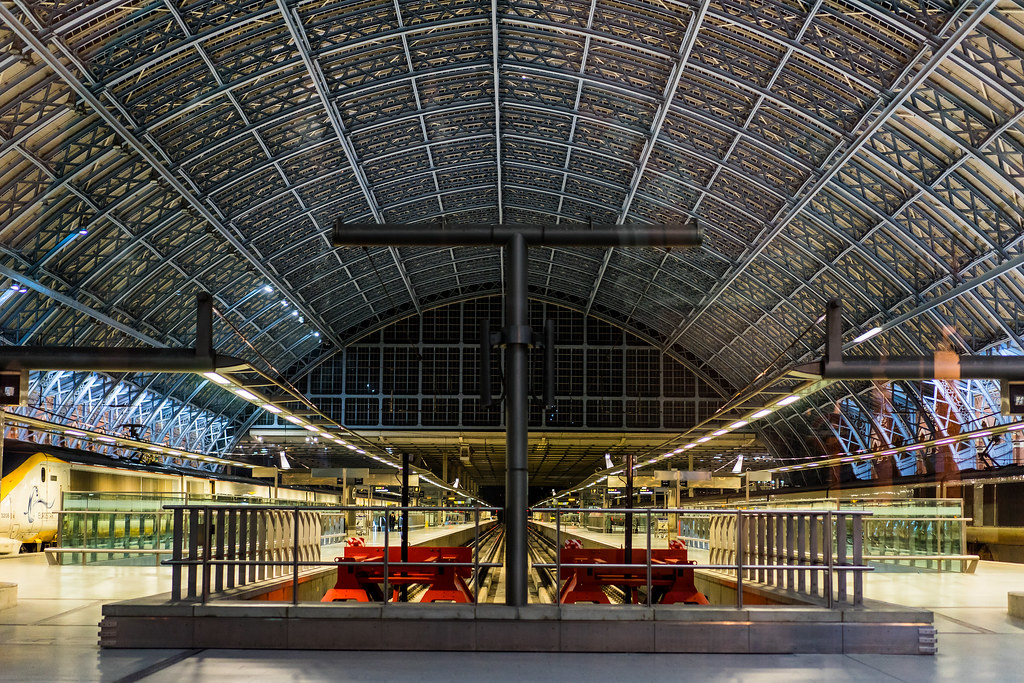 St. Prancras
St. Prancras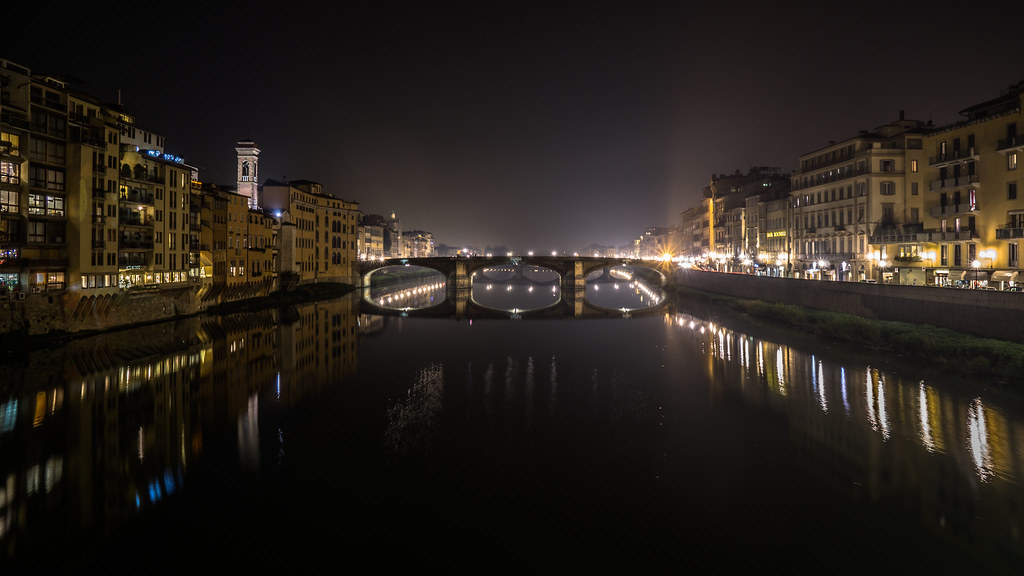 DSC02614-2
DSC02614-2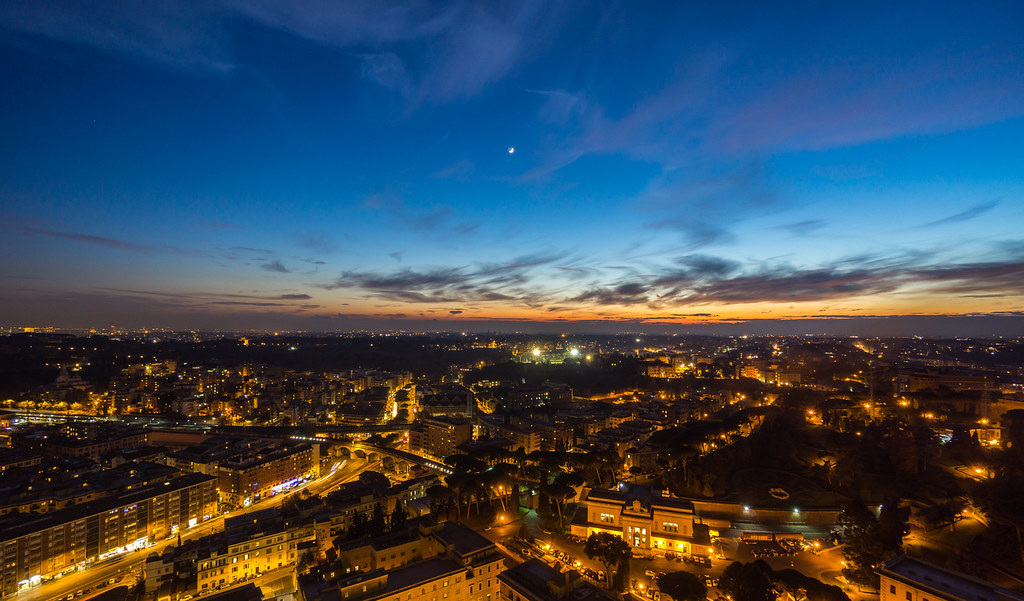 DSC02015
DSC02015